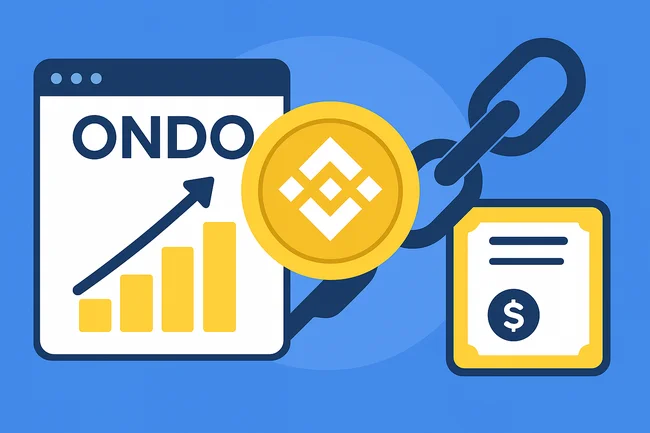The execution path refers to the sequence of steps involved in processing a transaction or operation within a blockchain network. When a user initiates a transaction, it travels through various nodes and layers of the network before being confirmed and added to the blockchain.Each step in this path is crucial for ensuring the transaction’s validity, integrity, and security. This includes verifying signatures, checking balances, and following consensus protocols to ensure that all nodes agree on the state of the ledger. Factors such as network congestion, transaction fees, and different consensus mechanisms can influence how efficiently a transaction moves through its execution path. Understanding the execution path helps users better grasp the factors that affect transaction speed and costs, enabling them to make informed choices when sending or receiving funds. Overall, it provides clarity on the underlying processes that guarantee secure and reliable transactions across the network.

Ondo Global Markets Expands Tokenized Stock Platform to BNB Chain
Ondo Global Markets, a tokenized stock and exchange-traded fund (ETF) platform, has expanded its operations to BNB Chain, one of



